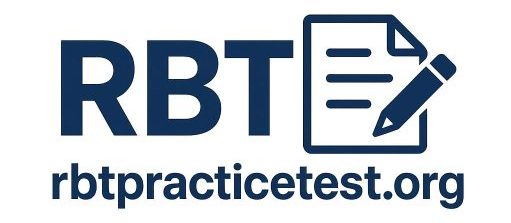RBT Practice Exam – Test 2
Ready to deepen your preparation with the second RBT practice test – a free test built to mirror the real structure of the RBT certification exam. This test delivers 50 questions designed to challenge your applied knowledge and reflect real-world ABA scenarios.
Each question is strategically created to help you identify performance gaps, strengthen weak areas, and stay aligned with the RBT Task List 2.0. Finish the test to find which sections you need to improve.
Take more practice exam for better result!
Practice consistently and your score will improve over time. We have more RBT practice tests available – don’t hesitate to take the next RBT Practice Test 3 and keep taking other practice exams every day to build confidence and readiness.
